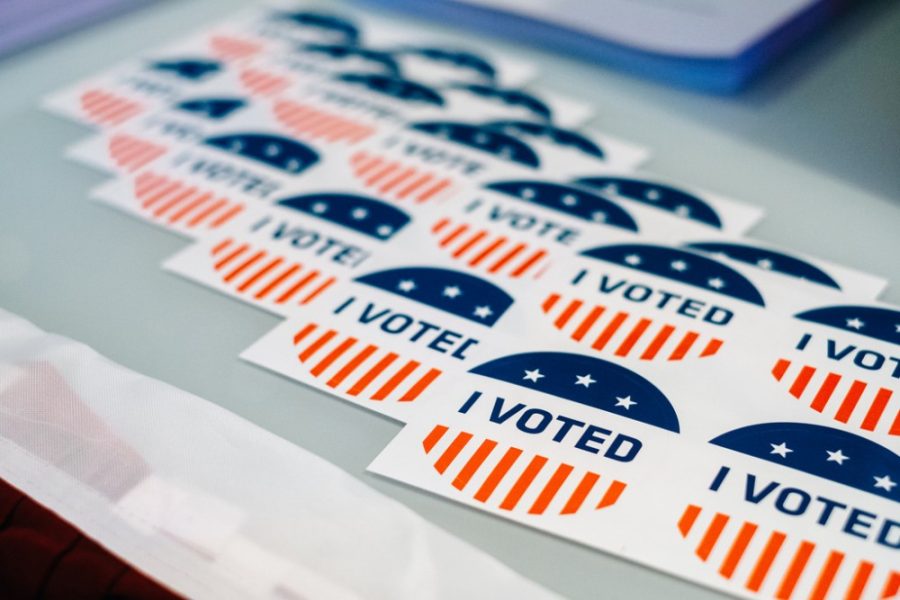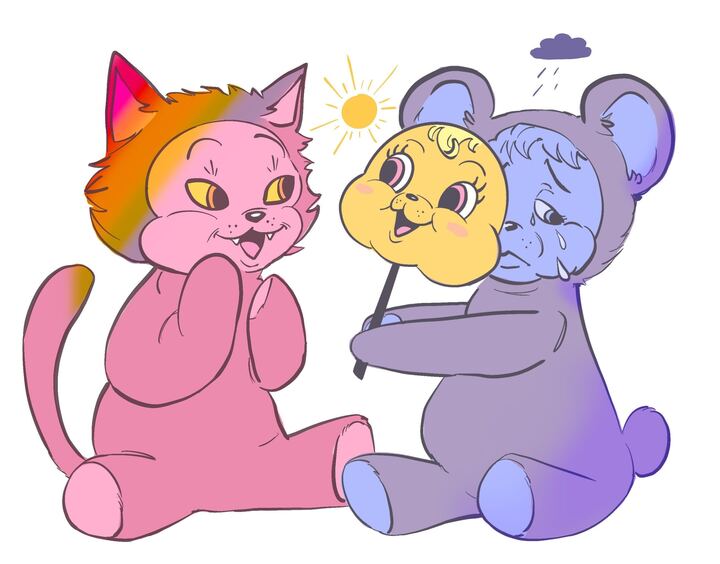Politics is America’s guilty pleasure. We like to declare how angry it makes us, how every politician is crooked and that the game is rigged, and yet we always tune in on our phones, TVs and computers to get the scoop on which governor is next to stumble into a scandal and which candidate is thinking about maybe forming an exploratory committee to pursue the possibility of considering running for president in 2020. We eat it up. As of Feb. 19, 2019, we are 622 days away from our 59th presidential election, and yet we are treating it as if it’s right around the corner.
RELATED: OPINIONS: State of the Union Address through a student’s perspective
Right now, you can search for 2020 news and find a list of candidates who are vying to unseat President Trump and ride the coattails of what they hope will be a great “blue wave” of dissatisfied Americans all the way to the White House. Already, twelve Democrats have tossed their hats in the ring, and we can hear the calls for people such as former Vice President Joe Biden and former New York City Mayor Michael Bloomberg to join the fight. As a matter of fact, we even know about the pets of all the candidates who have joined, who are being shown off in a way to make the otherwise distant candidates at least appear to be human. All with 622 days to go.
Some may say that this is just a by-product of angry American voters wanting to get an unpopular incumbent out of the White House as early as possible, and who are looking for someone to lead them to victory. Others may say that it’s the result of savvy Democrats seeing Trump’s terrible polling numbers and trying to tap into that now and build as much name recognition and political credit before anything changes. And it could be tied to either of these, but this is not a new development.
RELATED: OPINION: Tired? You’re only 40 percent done!
Sarah Mervosh and Matt Flegenheimer, writing for The New York Times, highlighted that as recently as 1960, then-Senator John F. Kennedy did not declare his candidacy until 11 months before the election. Candidates declaring now are currently 21 months away from the election. But just by looking at the 2016, 2012 and 2008 elections, we can see just how quickly this changed. In 2008, candidates began jumping into the power vacuum being left behind by the unpopular and term-limited incumbent President Bush immediately. Candidates who had just recently finished fighting the 2006 midterm elections hunkered down and began an almost two-year campaign for the presidency, making the 2007 addition of both Hillary Clinton and Barack Obama significantly late, in the grand scheme of things.
In 2012, it became a running joke how overeager Republicans jumping on early and often abortive campaign trails just left the pack more and more divisive. Just trying to follow the Real Clear Politics poll on the 2012 Republican front runner is enough to give you a headache. Over the course of a year, it was Mitt Romney, then Rick Perry, then Romney again, then Herman Cain, then Romney again, then Newt Gingrich, then Romney again, then Rick Santorum, then Romney again — and all that fighting only to lose to Obama when the polls finally opened. Voters were so tired of seeing Romney that they tried desperately to find anyone new, and I mean anyone, to replace him.
By 2016, it became clear that declaring around the end of the midterm elections was now officially a trend. From Jeb Bush to Hillary Clinton, campaigns got started almost two years before the actual vote would be held, and all it has led to is boredom.
Running for literal years is enough to make even the most die-hard supporters grow tired of seeing candidates on every ad, every newspaper and every channel. The worst thing a candidate can become is boring, and the fastest way to become yesterday’s news is to declare before the midterm ballots are even done being counted. Politics requires candidates to inspire enthusiasm among voters, not just wait them out until they finally make them president.
Follow the Daily Wildcat on Twitter









